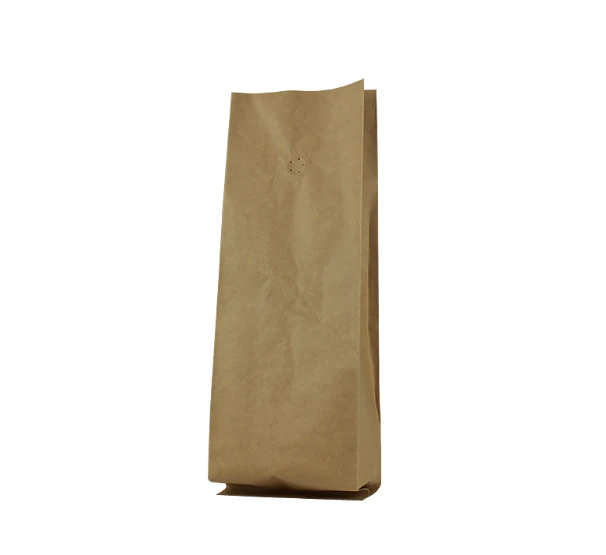- Afrikaans
- Albanian
- Amharic
- Arabic
- Armenian
- Azerbaijani
- Basque
- Belarusian
- Bengali
- Bosnian
- Bulgarian
- Catalan
- Cebuano
- chinese_simplified
- chinese_traditional
- Corsican
- Croatian
- Czech
- Danish
- Dutch
- English
- Esperanto
- Estonian
- Finnish
- French
- Frisian
- Galician
- Georgian
- German
- Greek
- Gujarati
- haitian_creole
- hausa
- hawaiian
- Hebrew
- Hindi
- Miao
- Hungarian
- Icelandic
- igbo
- Indonesian
- irish
- Italian
- Japanese
- Javanese
- Kannada
- kazakh
- Khmer
- Rwandese
- Korean
- Kurdish
- Kyrgyz
- Lao
- Latin
- Latvian
- Lithuanian
- Luxembourgish
- Macedonian
- Malgashi
- Malay
- Malayalam
- Maltese
- Maori
- Marathi
- Mongolian
- Myanmar
- Nepali
- Norwegian
- Norwegian
- Occitan
- Pashto
- Persian
- Polish
- Portuguese
- Punjabi
- Romanian
- Russian
- Samoan
- scottish-gaelic
- Serbian
- Sesotho
- Shona
- Sindhi
- Sinhala
- Slovak
- Slovenian
- Somali
- Spanish
- Sundanese
- Swahili
- Swedish
- Tagalog
- Tajik
- Tamil
- Tatar
- Telugu
- Thai
- Turkish
- Turkmen
- Ukrainian
- Urdu
- Uighur
- Uzbek
- Vietnamese
- Welsh
- Bantu
- Yiddish
- Yoruba
- Zulu
gr/m2 meaning
Understanding the Meaning of Gr/m2
In the world of materials and textiles, various measurements and metrics are used to define the properties and specifications of products. One such metric is “Gr/m2,” which stands for grams per square meter. This unit of measure is commonly used in the textile and paper industries to indicate the density or weight of a material, and understanding its significance can aid both manufacturers and consumers in making informed decisions.
What Does Gr/m2 Represent?
Gr/m2 is a measurement that quantifies the weight of a fabric or material over a specific area of one square meter. For instance, if a fabric has a weight of 200 Gr/m2, it means that one square meter of that fabric weighs 200 grams. This metric is crucial as it provides essential information about the thickness, durability, and overall quality of the material.
In textiles, Gr/m2 can influence the drape and feel of a fabric. Lighter materials, typically weighing between 80 and 150 Gr/m2, are often used for items like summer clothing, lingerie, and sheer curtains. On the other hand, heavier fabrics, which can weigh 200 Gr/m2 or more, are suitable for winter clothing, upholstery, and other applications requiring additional warmth and sturdiness.
Importance in the Textile Industry
Using Gr/m2 as a standard allows manufacturers to maintain consistency across productions and to communicate effectively with customers. When consumers are shopping for fabrics, Gr/m2 helps them understand what they can expect from a material. For example, a fabric with a higher Gr/m2 is generally thicker and more durable, making it preferable for clothing and products that require longevity.
Moreover, understanding Gr/m2 can help in making more sustainable choices. For instance, heavier fabrics might require more resources to produce, while lighter materials could be more energy-efficient in manufacturing and transport. Likewise, when considering the life cycle of a product, fabrics that are designed with the right weight can significantly affect their environmental impact.
gr/m2 meaning

Gr/m2 in the Paper Industry
While often associated with textiles, Gr/m2 is equally important in the paper industry. Paper weight is usually measured in Gr/m2, allowing for classification based on its purpose. For example, standard printer paper usually weighs around 80 Gr/m2, while cardstock can range from 200 Gr/m2 to 300 Gr/m2 or more.
Understanding the weight of paper is vital for consumers and businesses alike, influencing choices in printing, packaging, and even crafting. The weight can affect everything from the feel of printed materials to the durability of packaging solutions, making it a key factor in selecting the right type of paper for specific applications.
Gr/m2 and Environmental Considerations
In today’s climate-conscious world, Gr/m2 also intersects with discussions on sustainability. Fabrics that are lighter in weight not only reduce resource consumption during production but can also lessen their carbon footprint during shipping. Likewise, in the paper industry, choosing papers with lower Gr/m2 for non-essential documents can contribute to a reduction in waste and promote eco-friendliness.
The movement toward sustainability has encouraged manufacturers to innovate in creating fabrics and papers that achieve the desired qualities with minimal impact on the environment. By emphasizing Gr/m2, these industries can provide transparency in their production processes and materials, allowing consumers to make informed choices that align with their values.
Conclusion
Gr/m2 is more than just a technical term; it is a crucial component in understanding materials in both the textile and paper industries. By quantifying the weight and density of fabrics and papers, Gr/m2 helps consumers and manufacturers alike make informed decisions regarding quality and suitability. Understanding this metric can empower consumers to choose the right materials for their needs while also encouraging manufacturers to adopt sustainable practices. As the demand for transparency and sustainability continues to grow, the role of Gr/m2 will only become more significant in the future of material production and consumption.













